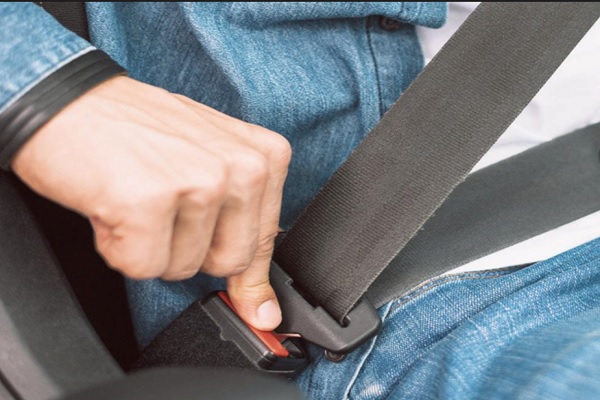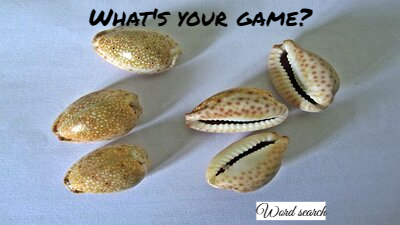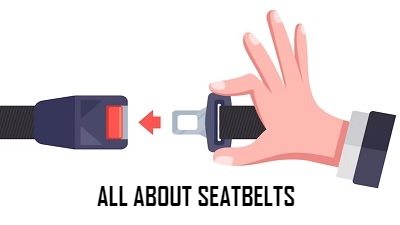How did seatbelts become an integral part of automobiles? Read on…

A recent high-profile accident has again highlighted the need to use seatbelts, especially by passengers seated in the rear seats. Did you know that the concept of buckling up for safety in some form or other is as old as humans themselves?
Ancient protection
In early hunter-gatherer societies, babies were wrapped in a fabric that was tied securely to the mother as she went about her daily chores. This was, perhaps, the first version of the seat belt. Another kind was seen among animal herder communities. The Mongols, who were famous for their horse-riding skills, would put children as young as three on horseback. They used customised saddles that had extra safety measures to ensure that the child was safe. The Tsatsang community, one of the last groups of reindeer herders left in the world, secure very young children to the saddle with clothes and rope to ensure they don’t fall off when the group moves camp.
Coming to the modern seatbelt, it is credited to English engineer George Cayley. In the late 1800s, he created seatbelts to help pilots inside gliders. In 1885, American Edward Claghorn took the first patent on seatbelts to keep tourists safe inside the taxis. While race car drivers took to seatbelts to protect themselves from serious injuries, American physicians began to urge automobile manufacturers to provide seatbelts in all cars in the 1930s.
Breakthrough moment
The breakthrough came in 1958. Gunnar Engallau, an engineer and Volvo’s president, suffered a personal tragedy when a relative died in a road accident partly because of the shortcomings in the belt design. Until then, seatbelts were two-point lap belts, strapped across the body, with the buckle placed over the abdomen. His loss pushed Engellau to find a better solution. He hired Swedish engineer Nils Bohlin who invented the three-point seatbelt that helped secure both the upper and lower body.
Volvo patented the designs but, valuing passenger safety over profits, made it available to all, encouraging mass adoption. The three-point safety belt has saved lives, prevented and reduced the severity of injuries and is perhaps the most important safety innovation in the history of the automobile.
Seatbelts are usually made of 100% woven polyester reinforced with strong threads for flexibility. The tensile strength (this means resistance to breaking under tension) is about 1400 to 2800 kg.
So, the next time you’re in a car, take a closer look at the seat belt and ensure you buckle up.
Fun fact
Are you wondering why aircraft seatbelts are different from those in cars? The former are designed to keep passengers in the seat during turbulence or collisions on the runway and not really for plane crashes.
Based on what you have read, see how many of these pictorial questions you can answer.










